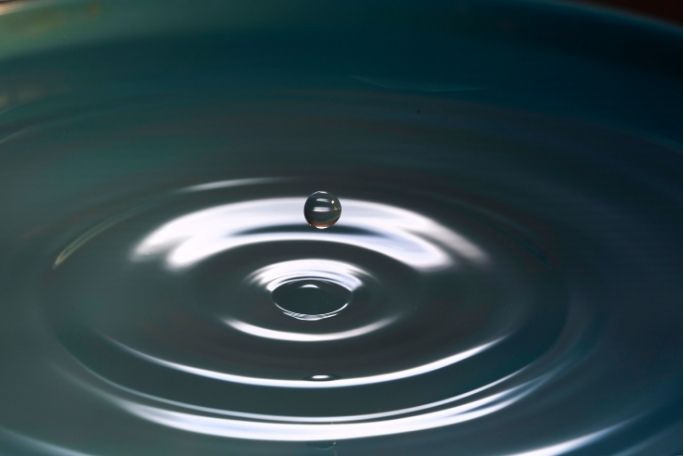Lesson summary
Students choose an area of water use and identify the criteria they would set for monitoring water use and identifying water waste. They compare the type of criteria they would use for different types of water consumption.
Learning Goals:
- Applying criteria for monitoring water use for different applications.
- Criteria needs to be considered and justified before monitoring activities can be designed.
- Water consumption criteria includes the sustainable use of a renewable resource, the impact on the environment of removing the water, the environmental consequences of the runoff and disposal of water and the substances that is carried with.
Lesson guides and printables
Lesson details
Curriculum mapping
Australian Curriculum content descriptions:
Year 9 Science:
- Use knowledge of scientific concepts to draw conclusions that are consistent with evidence (ACSIS170)
- Critically analyse the validity of information in secondary sources and evaluate the approaches used to solve problems (ACSIS172)
Year 9 Mathematics:
- Identify everyday questions and issues involving at least one numerical and at least one categorical variable, and collect data directly from secondary sources (ACMSP228)
Year 10 Science:
- Use knowledge of scientific concepts to draw conclusions that are consistent with evidence (ACSIS204)
- Critically analyse the validity of information in secondary sources and evaluate the approaches used to solve problems (ACSIS206)
Year 10 Mathematics:
- Evaluate statistical reports in the media and other places by linking claims to displays, statistics and representative data(ACMSP253)
Syllabus Outcomes: SC5-7WS, SC5-8WS.
Resources required
- Materials already produced during this unit of work and the internet.
Additional info
This is an original Cool.org lesson. Facts and figures in these lessons may have changed since this lesson was published. We always endeavour to update our resources in a timely manner, but if you see an error or issue in our resources please get in touch with us.


Welcome back!
Don't have an account yet?
Log in with:
By signing up to Cool.org you consent and agree to Cool's privacy policy to
store, manage and process your personal information. To read more, please see
our privacy policy here(Opens in new tab).
Create your free Cool.org account.
Many of our resources are free, with an option to upgrade to Cool+ for premium content.
Already have an account?
Sign up with:
By signing up to Cool.org you consent and agree to Cool's privacy policy to
store, manage and process your personal information. To read more, please see
our privacy policy here(Opens in new tab).